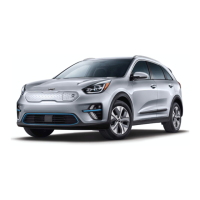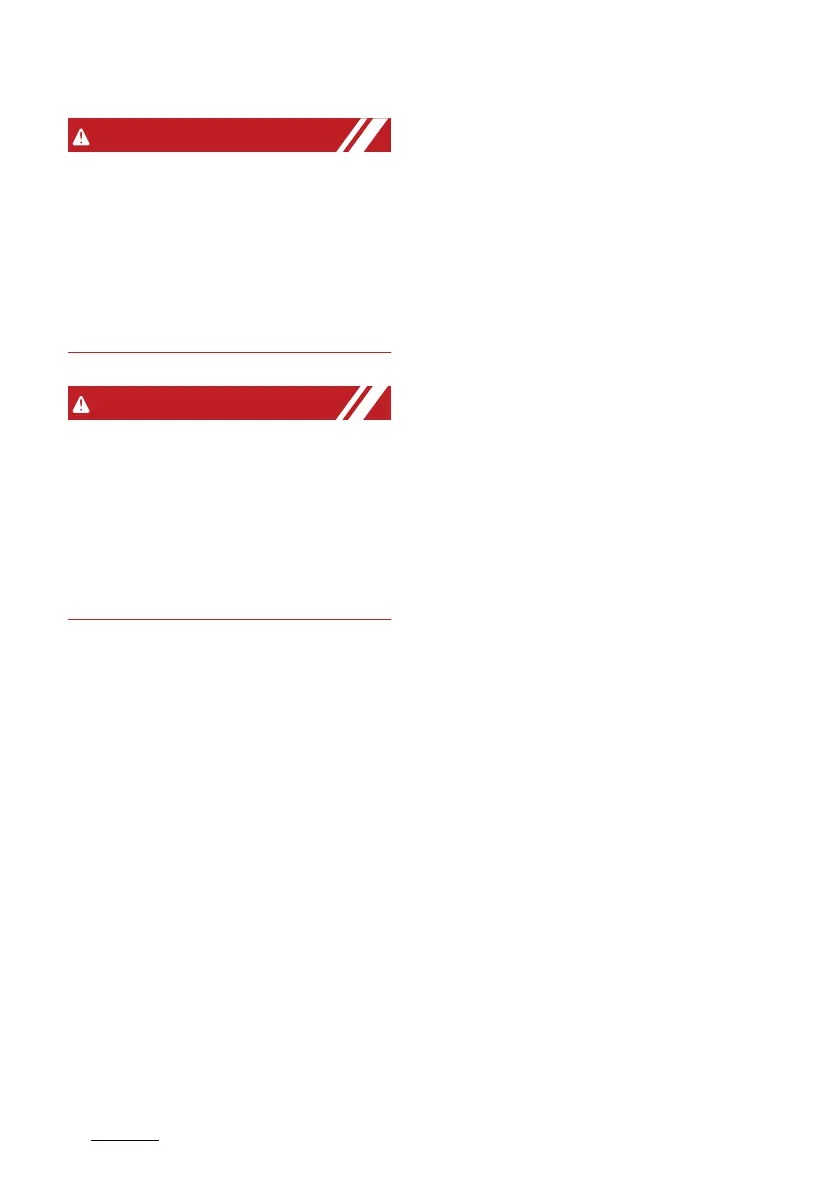Safety features of your vehicle
244
Seat belts
Shoulder belt positioning
Verify the shoulder belt anchor is
locked into position at the appropri
-
ate height. Never position the shoul
-
der belt across your neck or face.
Improperly positioned seat belts can
cause serious injuries in an accident.
Seat belt replacement
Replace your seat belts after being
in an accident. Failure to replace
seat belts after an accident could
leave you with damaged seat belts
that will not provide protection in
the event of another collision.
Seat belts - Front passenger and
rear seat 3-point system with
combination locking retractor
The following explains how to fas
-
ten the passenger's and rear seat
belt.
To fasten your seat belt:
Combination retractor type seat
belts are installed in the rear seat
positions to help accommodate the
installation of child restraint sys
-
tems. Although a combination
retractor is also installed in the
front passenger seat position, it is
strongly recommended that children
always be seated in the rear seat.
NEVER place any infant restraint
system in the front seat of the
vehicle.
This type of seat belt combines the
featu
r
es of both an emergency
locking retractor seat belt and an
automatic locking retractor seat
belt.
䳜 Pull it out of the r
etrac
tor and
insert the metal tab into the
buckle. There will be an audible
"click" when the tab locks into the
buckle. When not securing a child
restraint, the seat belt operates
in the same way as the driver's
seat belt (emergency locking
retractor type).
It automatically adjusts to the
p
r
oper length only after the lap belt
portion of the seat belt is adjusted
manually so that it fits snugly
around your hips.
When the seat belt is fully extended
fr
om th
e retractor to allow the
installation of a child restraint sys
-
tem, the seat belt operation
changes to allow the belt to retract,
but not to extend (automatic locking
retractor type). Refer to "Securing a
child restraint with a lap/shoulder
belt" on page 4-39.

